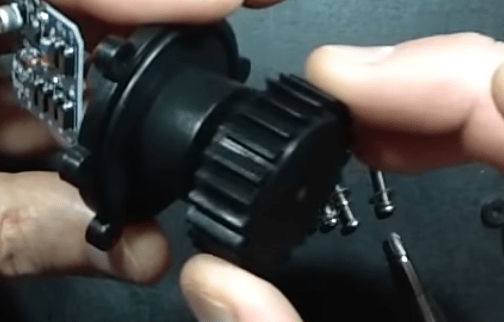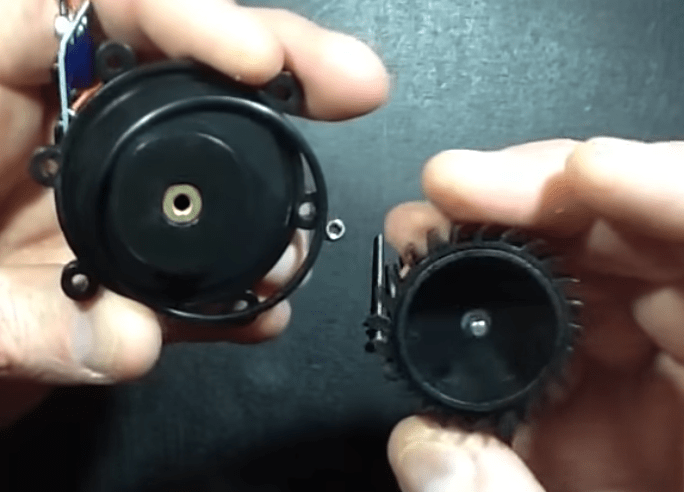Jon9
Mechanical
- May 4, 2019
- 7
Hello,
I have a small water turbine which I am trying to use to generate electricity from fairly water flow. The issue that I have is that my water flow is too low to start the turbine and therefore generate electric power (even minute one)I was hoping that someone here might know a way to reduce friction or in some other make it easier to rotate the water turbine? The device is shown below, it's simple as water flows in one way and out from the other to rotate a turbine and generate electricity. I've also attached a photo of the disassembled product as I suspect I will have to open it to do something about it. This isn't actually my own photo but I have an identical water turbine. Would oiling the blades actually do anything given that it's magnetically attached as shown at 3:40 in the video or is some other better way?



(where I got the photos from)
I have a small water turbine which I am trying to use to generate electricity from fairly water flow. The issue that I have is that my water flow is too low to start the turbine and therefore generate electric power (even minute one)I was hoping that someone here might know a way to reduce friction or in some other make it easier to rotate the water turbine? The device is shown below, it's simple as water flows in one way and out from the other to rotate a turbine and generate electricity. I've also attached a photo of the disassembled product as I suspect I will have to open it to do something about it. This isn't actually my own photo but I have an identical water turbine. Would oiling the blades actually do anything given that it's magnetically attached as shown at 3:40 in the video or is some other better way?



(where I got the photos from)

